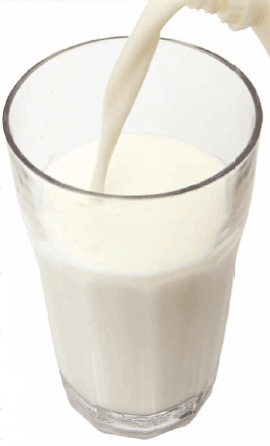



Less Mastitis through Targeted Selective Breeding: Mammary Function
Recent findings have enhanced our understanding of the functional role of these genes and genetic pathways in bovine mastitis, according to the final scientific report from the EU group, Sustainable Animal Breeding (SABRE) subtitled 'Cutting Edge Genomics for Sustainable Animal Breeding'.In this project genes and genetic pathways involved in the immune response of dairy cows were identified. These findings have enhanced our understanding of the functional role of these genes and genetic pathways in bovine mastitis. Our discoveries will enable us to better understand the immunological consequences of using genome-wide selection.
Why a reduction of mastitis?
Mastitis is of major concern. It causes suffering to many cows. With an annual cost of €2 billion in Europe alone, it is the most costly disease in dairy cattle. It is also the most frequently occurring disease and its incidence has not declined despite improved methods of prevention and treatment as well as breeding for genetic resistance against mastitis. Mastitis is also the leading cause of antibiotic use in dairy production. Increasing resistance to mastitis will therefore decrease use of medicines, and simultaneously improve animal welfare, food safety, product quality and economic returns.
It is difficult to improve resistance to mastitis by traditional means, as the genetic resistance to clinical mastitis is negatively correlated to milk yield and other economically important production traits. However, progress using selective breeding could be improved substantially by the use of new genomic tools. Using new genomics technologies assisted this project in identifying important genes and genetic pathways involved in the immune response to mastitis.

Research for healthier udders
Genome-wide association analysis was used to identify genomic regions affecting the resistance to mastitis. Genome-wide expression profiling was used to identify genes involved in the local (mammary gland) and the systemic (e.g. liver) acute phase response in dairy cows during infection.
Genome-wide associations
Linkage and linkage disequilibrium analyses as well as genome-wide association analysis were used to identify several quantitative trait loci (QTL) affecting the resistance to clinical and subclinical mastitis. The sizes of these genomic regions were typically in the range of several million DNA base pairs. Each region contained a plethora of genes of which some play a critical role in mastitis resistance either as single genes or in combination. They can, for example, also interact as partners in protein complexes. Further investigations showed that these QTL affected the levels of genetic resistance specifically against the most common mastitis pathogens, including S. aureus and E. coli.
Genome-wide expression
To complement these studies and to gain further insight into the genetic background for mastitis-related traits, genome-wide expression analyses of udder and liver tissues during infection were applied. These analyses further increased our understanding of the disease pathogenesis of mastitis. Global changes in expression levels of genes were identified and revealed genetic pathways that are associated with bovine mastitis.
Candidate genes
The key challenge for the future is to prioritise and select the most probable candidate gene(s) for indepth molecular analysis. These genes will be selected from a long list of differentially expressed genes caused by mastitis infection, or from the hundreds of genes located in mastitis associated gene regions (QTL). To do this, this project developed a bioinformatic approach for ranking genes associated with quantitative traits and diseases in livestock species. The approach was applied to rank all known genes present in the cattle genome for their potential roles in bovine mastitis, and also to prioritise candidate genes located in a QTL affecting the susceptibility to mastitis. The top ranked genes were highly enriched for pathways underlying inflammation and immune responses, which supports the validity of our approach to identify genes that are relevant to animal health and disease.
January 2012


